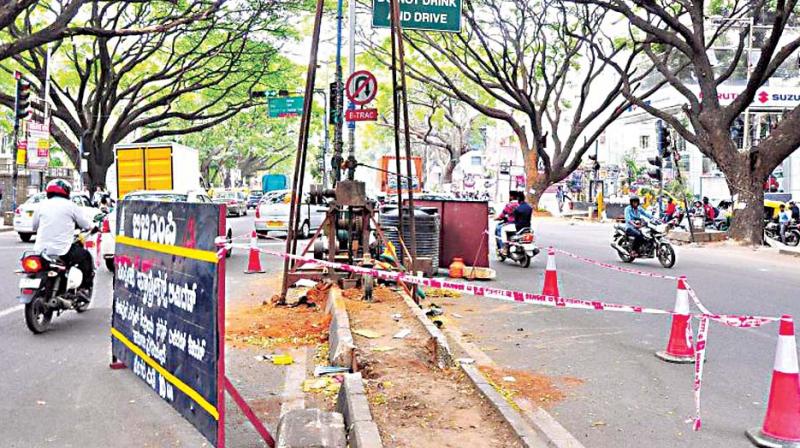Bengaluru: Put these crores into satellite towns

Bengaluru: The proposed construction of an elevated network of roads through the city, at a cost of Rs 25,000 crore or more, has set off a debate not only about mobility, but also about data-based decision making, and about governance. It’s good that we are having this conversation. But it’s important to have it correctly.
What does ‘correctly’ mean? If we are able to first decide what goals we are trying to achieve through our choices, and if we are able to agree on processes through which such choices are made and implemented, then we’ll be much better off than otherwise.
There are those who argue that we absolutely do need a network of high-speed mobility in order to have a high-functioning economy. I agree with that, but it does not automatically mean that such a network has to be only road-based, or that it needs to run through the city, or that it needs to be elevated, or that this is the highest priority we should keep in mind.
If we are willing to spend Rs 25,000 crore on this project, what is the corresponding proportion that we should be spending on public transport, on better footpaths, on cycling lanes, on Commuter Rail and on Metro? The asymmetry of the expenditure is the real error.
Metro gets a significant allotment each year, but on the other stuff we are not anywhere near where we need to be. Buses carry half the population and we have only 50% of the fleet that we require. But our annual expenditure to increase this is very low. In most years, we struggle even to replace the older buses that are retired. On footpaths, we spend even less. On cycling, zero. And Commuter Rail is in Trishanku mode.
The second worry is direction. Which places will be connected by the proposed roads? By the time the elevated corridor is built, we’ll have a much more regional metropolitan economy, and driving through Bengaluru will be less important than driving between the city and its satellite towns, and the inter-city transit infrastructure. We should build the infrastructure we need for that regional urban agglomeration that is taking shape.
Good mobility can drive development, but there are other factors too. In fact, Bengaluru is a good place to observe this we have incredible rates of development in areas with terrible mobility infrastructure. That should tell us that it’s not infrastructure but something else that is shaping the future of the city.
What is that ‘something else’? The most likely factors are lower land values in the peripheral areas, and the clustering of new jobs in some neighbourhoods. It will take much more than a mobility project to come to terms with this.

